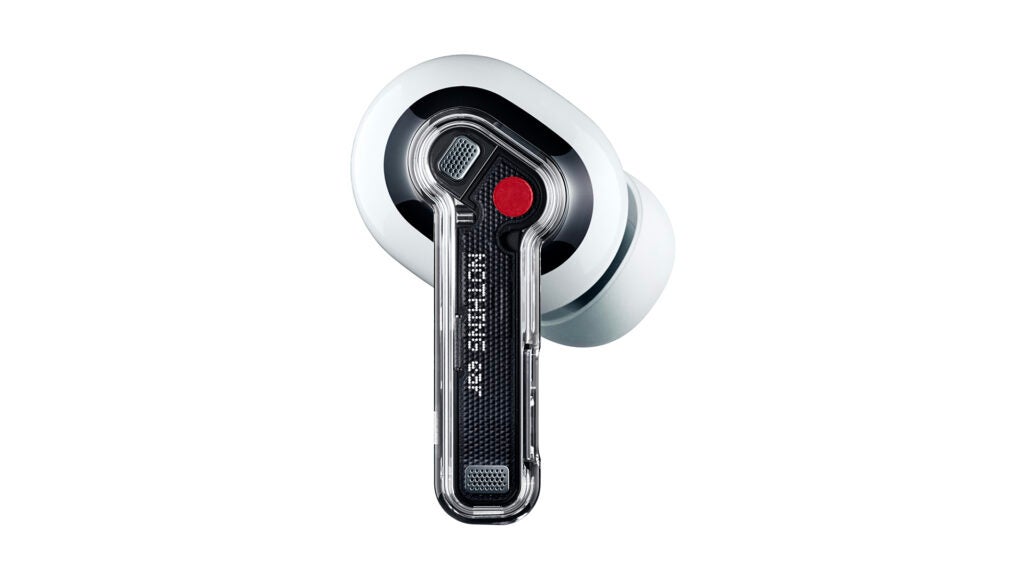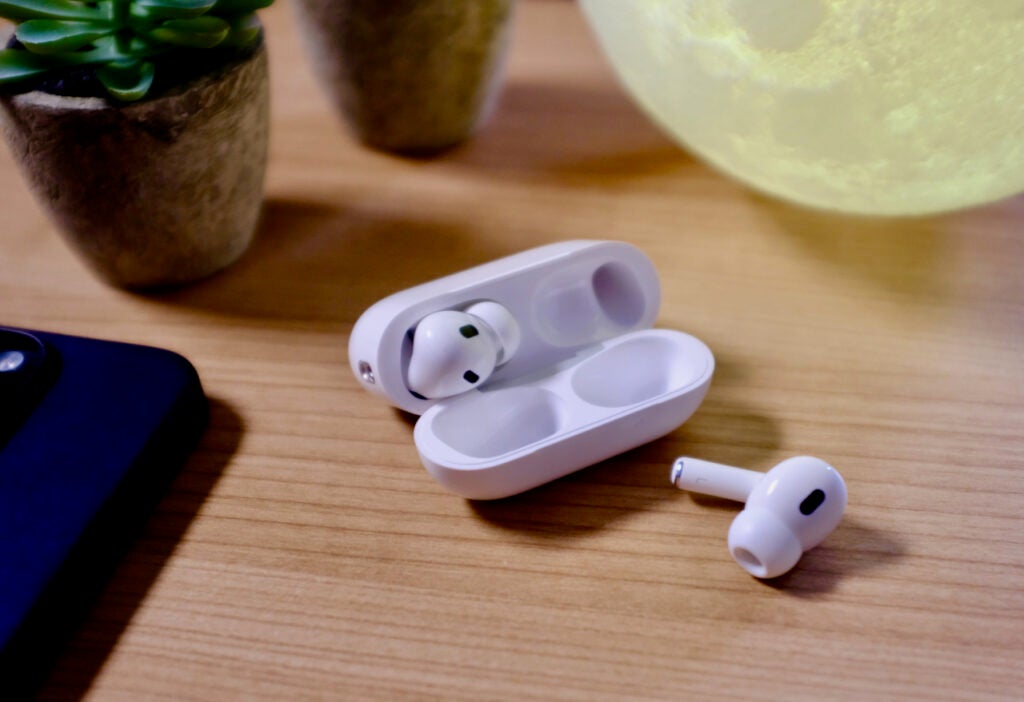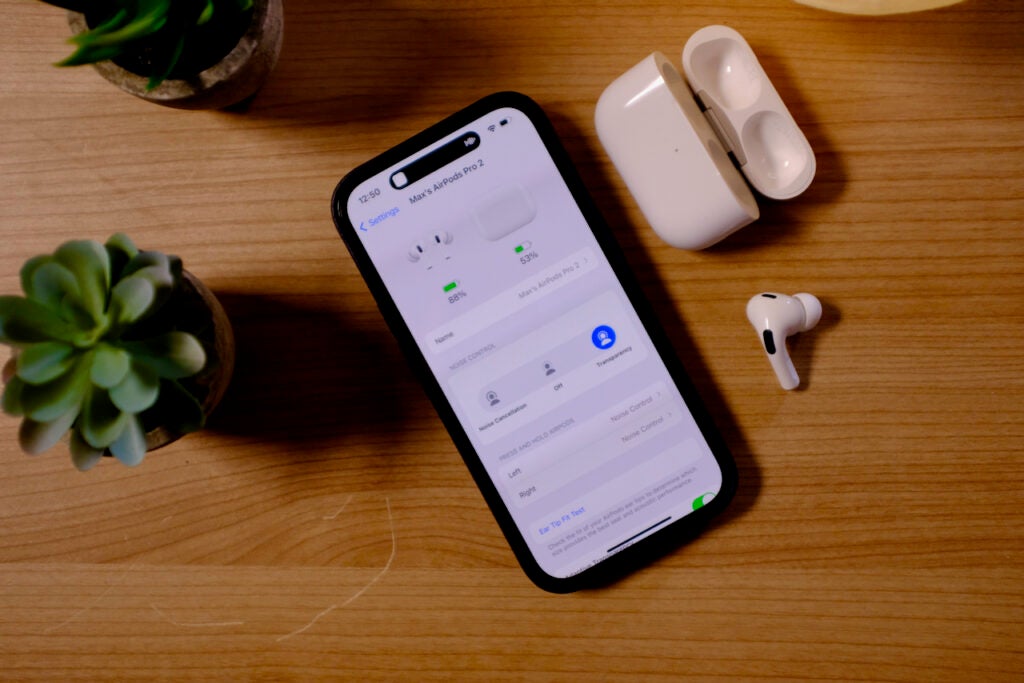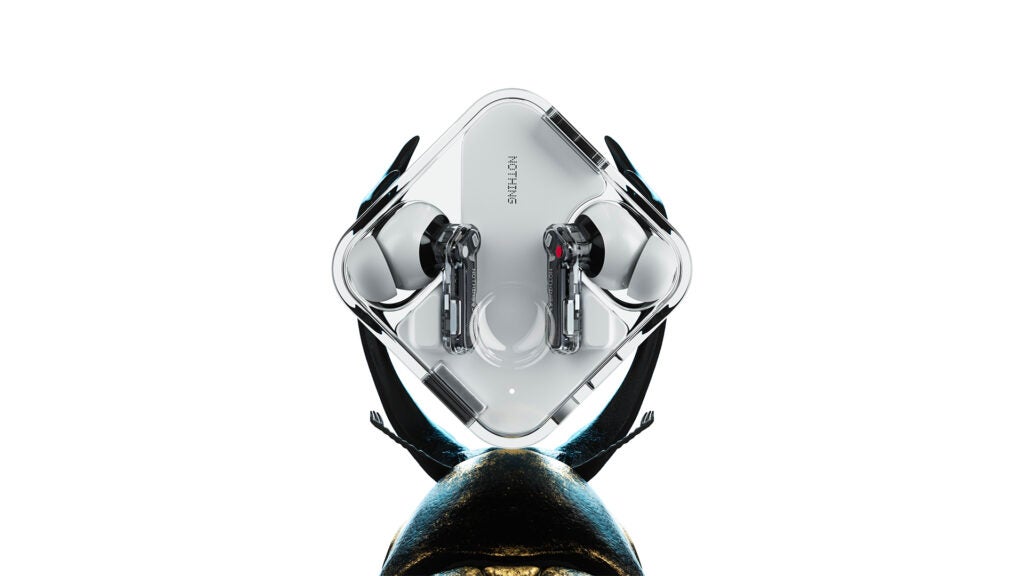Nothing has just revealed the rebranded Nothing Ear, a follow-up to the popular Ear (2) – but how do Nothing’s semi-transparent buds compare to Apple’s top-end AirPods Pro?
While the Nothing Ear and second-gen AirPods Pro share several key features, including ANC, pinch controls, and wireless charging, there are significant differences between them that will likely sway your purchase decision.
With that in mind, here are some of the key differences between the Nothing Ear and the second-gen AirPods Pro.
Nothing Ear support Hi-Res audio
With Apple Music Lossless widely available as part of the standard Apple Music subscription, many had hoped that the AirPods Pro 2 would support wireless Hi-Res audio playback to take advantage of it – but that’s sadly not the case, utilising the same AAC codec as previous AirPods. Don’t get us wrong, they still sound superb, but you won’t be able to fully enjoy the playback of high-bitrate songs.
For that, you’ll need the Nothing Ear. The buds support LHDC 5.0 and LDAC Bluetooth codecs for high-resolution wireless streaming. More specifically, the buds can reach up to 1Mbps 24 bit/192kHz with LHDC 5.0 and up to 990kbps and up to 24 bit/96kHz with LDAC, making good use of Apple Music Lossless, Tidal and other lossless streaming platforms.


The catch is that the device you’re connected to must also support LHDC 5.0 or LDAC Bluetooth codecs. There is sporadic support on the Android side of things, including Nothing’s own Phone (2) and Phone (2a), but you won’t be able to take advantage if you’ve got an iPhone.
AirPods Pro offer smarter noise cancellation
Both the AirPods Pro and Nothing Ear offer noise cancellation tech that helps to dim the outside world and let you enjoy your tunes, but there are big differences between the two.
Let’s start with the Nothing Ear. The company has improved the noise cancellation tech compared to the older Ear 2 (yes, the naming convention is confusing!) by 13%, able to cancel sound at up to 45dB. It also has adaptive ANC modes, comprised of low, medium and high, to correspond to different environments, and the buds will change between these automatically for the best ANC performance available.
The AirPods Pro, on the other hand, offer some of the best noise cancellation tech from in-ear buds that this writer has used. But it’s not just how good the AirPods Pro are at quietening the world around you, but the tech that goes into them.


For one, the AirPods Pro monitors external sound in real-time to detect any particularly loud frequencies and will dim them accordingly – that’s in addition to the regular ANC that tends to focus on low-end frequencies, by the way.
This isn’t just exclusive to the ANC mode either, also available in the transparency mode, allowing you to hear the environment around you without the deafening tones of cars rushing by, roadworks and the like.
They also offer an adaptive mode that essentially blends ANC and transparency modes, switching between the two dynamically if your environment reaches above the 85dB mark, and they can also ramp up environmental sound if they detect that you’re speaking. It’s an impressive feature that means you rarely need to manually switch between ANC and transparency mode.
AirPods Pro offer smart spatial playback
Apple’s smart spatial audio playback is arguably one of the key reasons to invest in AirPods Pro over similar earbuds if you’ve got an iPhone.
That starts with virtual surround sound that simulates a virtual surround sound environment, creating the illusion that sound is coming from all around you with directional audio – but plenty of high-end headphones do that.
The AirPods Pro take it to the next level with head tracking that uses the buds’ built-in gyroscope and accelerometer to track the movement of your head and adjust audio positioning accordingly. That means that, if you turn your head, the direction of the audio will shift to match.


That works particularly well with the Dynamic Audio Positioning tech, which adjusts the position of audio sources based on what you’re listening to. If you’re watching a movie on Apple TV with a pair of AirPods Pro connected, voices will appear to come from the direction of your TV, while environmental sounds, like the sound of a helicopter, will come from above.
Combined, the AirPods Pro offer an impressively immersive spatial audio experience, though as with most Apple products, the audio tech is only available on supported iPhones, iPads, Macs and other Apple accessories.
On the flip side, the Nothing Ear doesn’t officially offer any kind of spatial audio conversion tech, though several Android manufacturers, including OnePlus and Samsung, offer phone-powered spatial audio when using headphones. It’s not as good as Apple’s offering, but it’s a solid middle ground.
Nothing Ear offer more audio features
The AirPods Pro are pretty smart, with adaptive transparency modes, advanced noise cancellation and spatial audio support, but the Nothing Ear take the win when it comes to the sheer number of features.


Most are available via the Nothing X companion app across iOS and Android, and enable features like a Low Lag Mode that reduces latency to less than 120ms to reduce lag when playing mobile games, as well as customisable pinch controls, Bass Enhancement mode, an advanced EQ and even a personal sound profile to tailor playback to your hearing.
Nothing Ear are cheaper
The AirPods Pro may have the upper hand when it comes to more advanced TWS earbud features, but they’re also double the price of the Nothing Ear, coming in at a not-insignificant £229/$249.
The Nothing Ear, on the other hand, cost £129/$149 – still very much a premium set of earbuds, but £100/$100 less than Apple’s option.
Apple’s second-gen AirPods Pro are readily available to buy now, while the Nothing Ear buds are up for pre-order right now and will be released on 22 April 2024.




